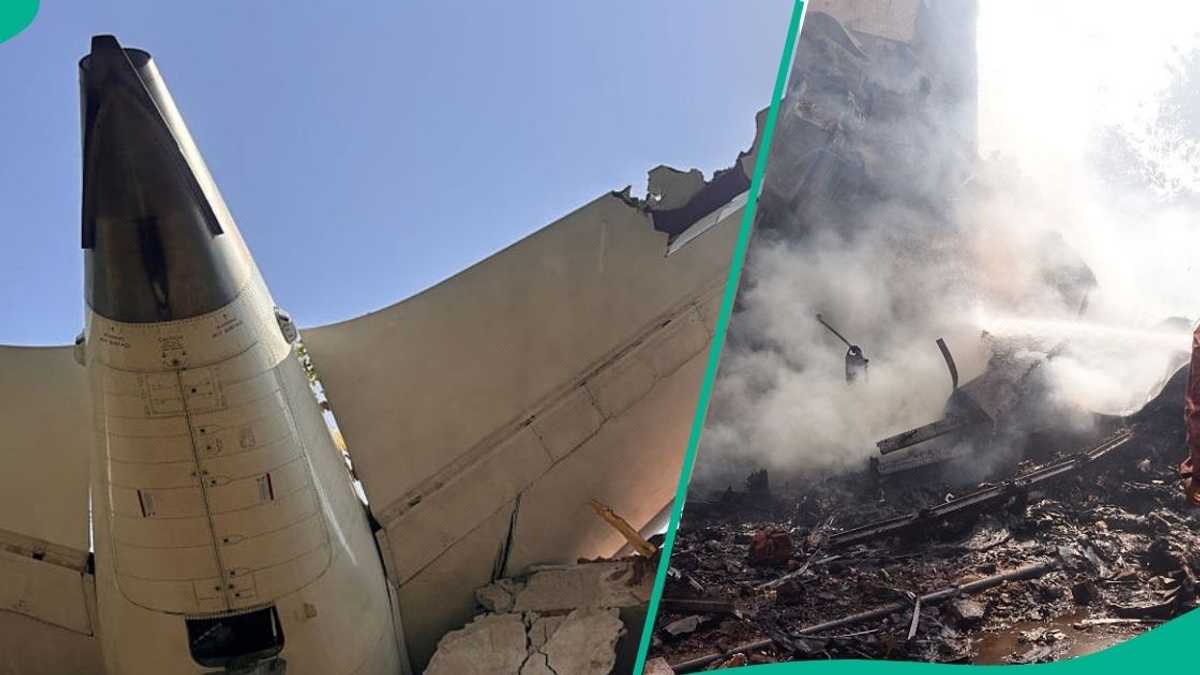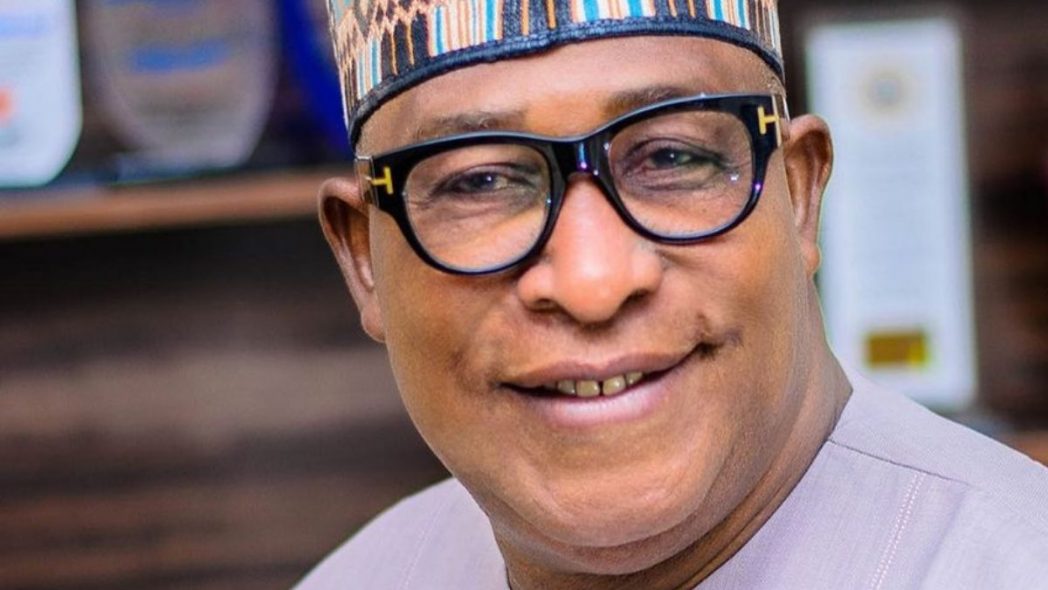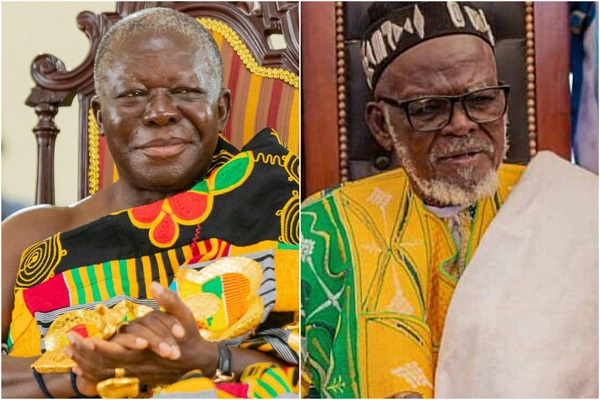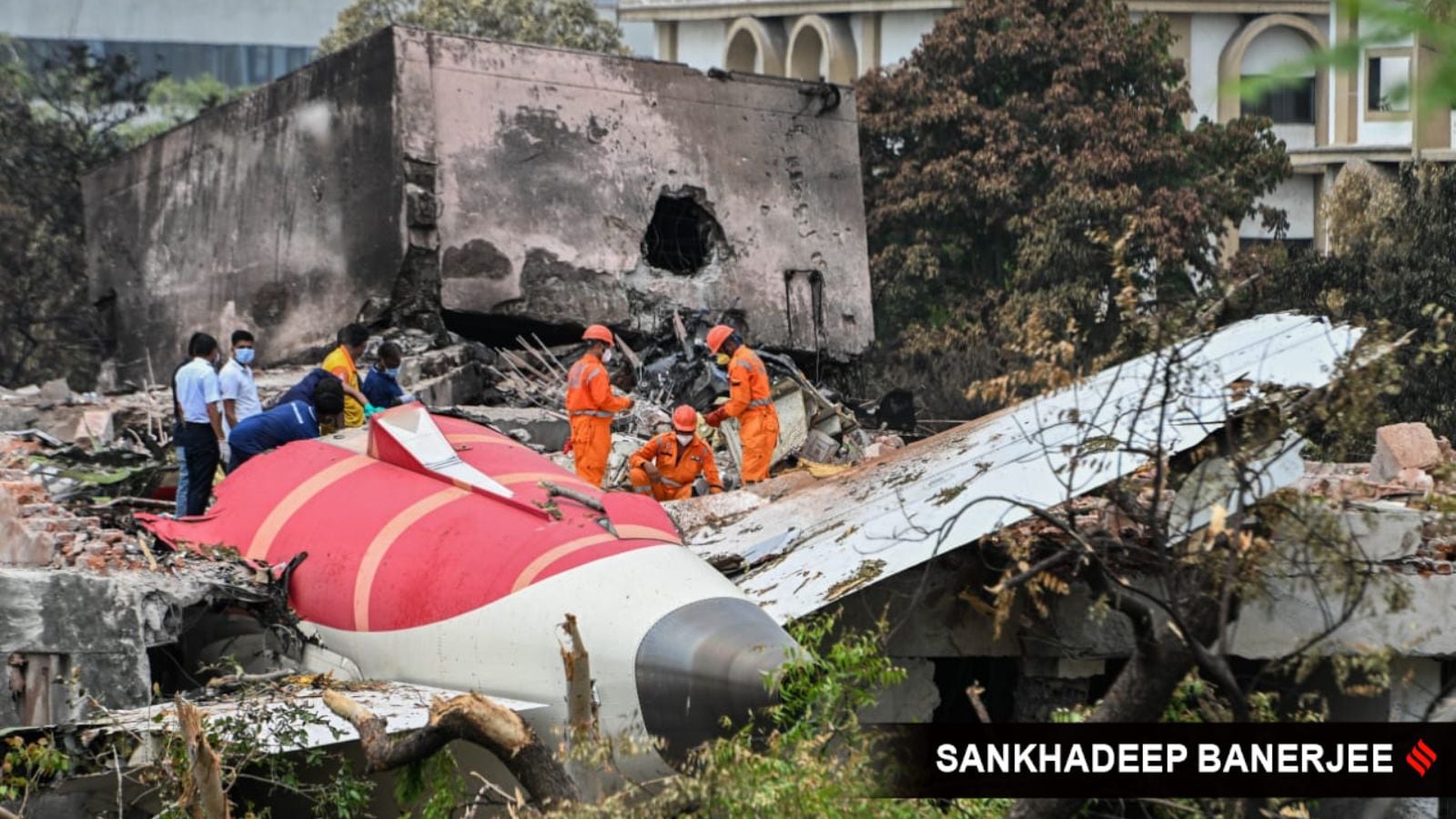Air India Plane Crash: Tragic Details and Passenger Observations Emerge

Air India Flight 171, a Boeing 787 Dreamliner bound for London, met a catastrophic end on June 12, crashing into a densely-populated neighborhood in Ahmedabad less than 40 seconds after takeoff. The tragic incident claimed the lives of 260 people, including 241 of the 242 individuals onboard and 19 non-passengers on the ground, leaving behind a scene of devastation and prompting an intensive investigation into the cause of the disaster.
In the final moments before the crash, Captain Sumeet Sabharwal, the pilot of AI171, transmitted a chilling "Mayday, mayday" call to the air traffic controller, declaring a full emergency. This critical aviation term, derived from the French 'm’aider' meaning "help me," signifies the most urgent international distress signal. It is strictly reserved for life-threatening emergencies such as catastrophic failures or sudden loss of control, necessitating immediate assistance. Frederick Stanley Mockford, a senior radio officer at London’s Croydon Airport, is credited with its implementation due to its distinctive sound and clarity over radio transmissions. When a pilot issues a "Mayday" call three times, it triggers an immediate, prioritized response from all air traffic control resources, launching rescue and emergency operations. This signal is not used for minor issues like turbulence or single-engine failure in a twin-engine plane, underscoring the severity of the situation Captain Sabharwal faced.
The aftermath of the crash presented a grim task for investigators and medical authorities, particularly in identifying the numerous victims. All remains recovered from the crash site were successfully identified through a combination of DNA matching and facial recognition. The identification process, remarkably, was completed within approximately two weeks, a significant achievement given that such procedures typically take months. Out of the 260 fatalities, 253 victims were identified through DNA testing, facilitated by DNA samples provided by 250 relatives of the deceased, while six were identified via facial recognition. Superintendent Rakesh Joshi of Ahmedabad Civil Hospital confirmed the total death toll, noting that no new remains had been recovered in the days leading up to the conclusion of the identification process. Forensic experts at FSL Gandhinagar and the National Forensic Sciences University (NFSU) meticulously processed 318 recovered body parts, with DNA extraction from bone and tooth samples requiring precise grinding into a fine powder to maximize DNA yield. This swift identification brought a crucial measure of closure to the grieving families.
Among the many lives lost were Ashok Patel, 74, and Shobhana Patel, 71, British nationals from London who were returning from a religious pilgrimage (Yatra) in India. Their son, Miten Patel, shared his profound grief, recounting how he traveled to India to identify his parents through DNA testing. He found solace in recovering his mother’s swan-pendant necklace, an item now destined to be inherited by his young daughter, Amira. Miten expressed his commitment to fulfilling his parents’ wish to be buried together in the UK, their home for over 40 years. Another tragic victim was Panna Nagar, an Indian woman who had dedicated 15 years as a headteacher at Northfleet Nursery School in Gravesend, Kent. Her school and four grandchildren profoundly mourned her passing, highlighting her role as a "guiding light" and an inspiration who "held the family together with her warmth and wisdom," stressing her immense legacy in education and charity.
In the wake of the disaster, Air India’s CEO, Campbell Wilson, provided insights into the experience of the flight crew, confirming that Captain Sabharwal was highly experienced with over 10,000 hours of flying, and his co-pilot had 3,400 hours. The crash also prompted broader public scrutiny and emotional responses from those connected to the airline. Anita Prasad, a TED-X speaker, shared her observations from a post-crash Air India flight, noting a haunting silence in the cabin and an apologetic, fear-tinged demeanor from the crew. She described the captain’s heartfelt request for honest feedback, sensing his fragile hope for the airline's recovery. Prasad, along with others, urged support for Air India to help it regain public trust amidst relentless scrutiny and internal inquiries, acknowledging the immense pain and fear prevalent within the airline's staff. Despite calls for stricter aircraft maintenance and some public skepticism, many passengers expressed continued support for the airline, hoping it would emerge stronger under its management.











